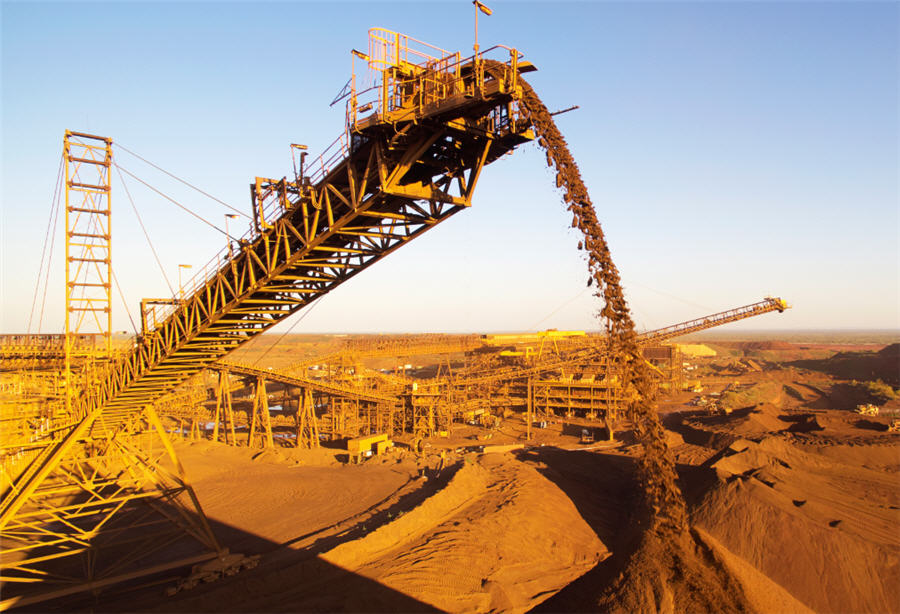Fortescue declares bumper dividend, but faces setback in green push

Fortescue Metals Group boosted its dividend payout on Thursday but a cost blowout at a key development project in Western Australia tarnished its ambitions to become a green energy powerhouse.
The world’s fourth-largest iron ore miner now sees costs at its Iron Bridge magnetite project at $3 billion, $400 million more than its previous estimate as it postponed the timing of first production to the second half of 2022 from the first half.
Earlier this week, Fortescue announced the departure of its chief operating officer and two iron ore executives as part of a 12-week review of the high-grade ore project — a major part of the miner’s strategy to upgrade its products to win market share and meet China’s growing preference for high grade ore.
Despite its green push, Fortescue has declined to follow peers Rio Tinto and Glencore which this week said they would set scope 3 targets to curtail customer emissions
“With the (review) ongoing, we have limited confidence in the new guidance,” said RBC in a report, while Moody’s termed the overrun, caused by increased labour and logistics costs, “credit negative.”
The project is expected to deliver 22 million tonnes when fully ramped up.
The update on the project was made with the miner’s first-half earnings report on Thursday in which it logged a 66% jump in profit, a record dividend and nudged up its annual shipment forecast.
“I think what has happened in the past 24-48 hours does give the market some pause on its plan to deliver on new projects, new technologies overseas,” said analyst Glyn Lawcock of UBS.
“(But) the market was pleasantly surprised by the fact they got a good payout. I think the market has been concerned with the blowout in capex for Iron Bridge, the commitment to spend more on renewables and so that the dividend could be curtailed.”
Joining peers BHP Group and Rio Tinto in feeding gains from strong iron ore prices back to investors, Fortescue declared a higher-than-expected interim dividend of A$1.47 per share, up from A$0.76 last year.
China’s focus on infrastructure last year drove a more than 50% rise in the price of iron ore.
Green ambitions
Fortescue last year embarked on an aggressive plan to develop renewables projects around the world, called Fortescue Future Industries, and helmed by its billionaire founder and biggest shareholder Andrew Forrest, known as “Twiggy”.
Forrest, Australia’s second-richest person, saw his personal wealth grow by A$1.65 billion ($1.28 billion) on Thursday thanks to his 36.3% stake in the company.
Among those projects are ammonia and hydrogen, and technology to use hydrogen produced from renewables to make steel, now one of the world’s most polluting industries.
Fortescue unveiled funding details for FFI, in an allocation of 10% of net profits after tax, or around $400 million, to fund renewable energy growth, and another 10% to fund other resource growth options.
Despite its green push, Fortescue has declined to follow peers Rio Tinto and Glencore which this week said they would set scope 3 targets to curtail customer emissions. Gaines said Fortescue was focused on cutting emissions on a “global scale.”
Fortescue’s first-half profit after tax was $4.08 billion, up from $2.45 billion a year earlier. This was in line with a consensus of $4.09 billion from 10 analysts compiled by research firm Vuma Financial.
It expects iron ore shipments to be in the range of 178-182 million tonnes for the financial year, up from a prior range of 175-180 million tonnes.
($1 = 1.2897 Australian dollars)
(By Sameer Manekar and Rushil Dutta; Editing by Arun Koyyur and Jacqueline Wong)
More News
{{ commodity.name }}
{{ post.title }}
{{ post.date }}



Comments